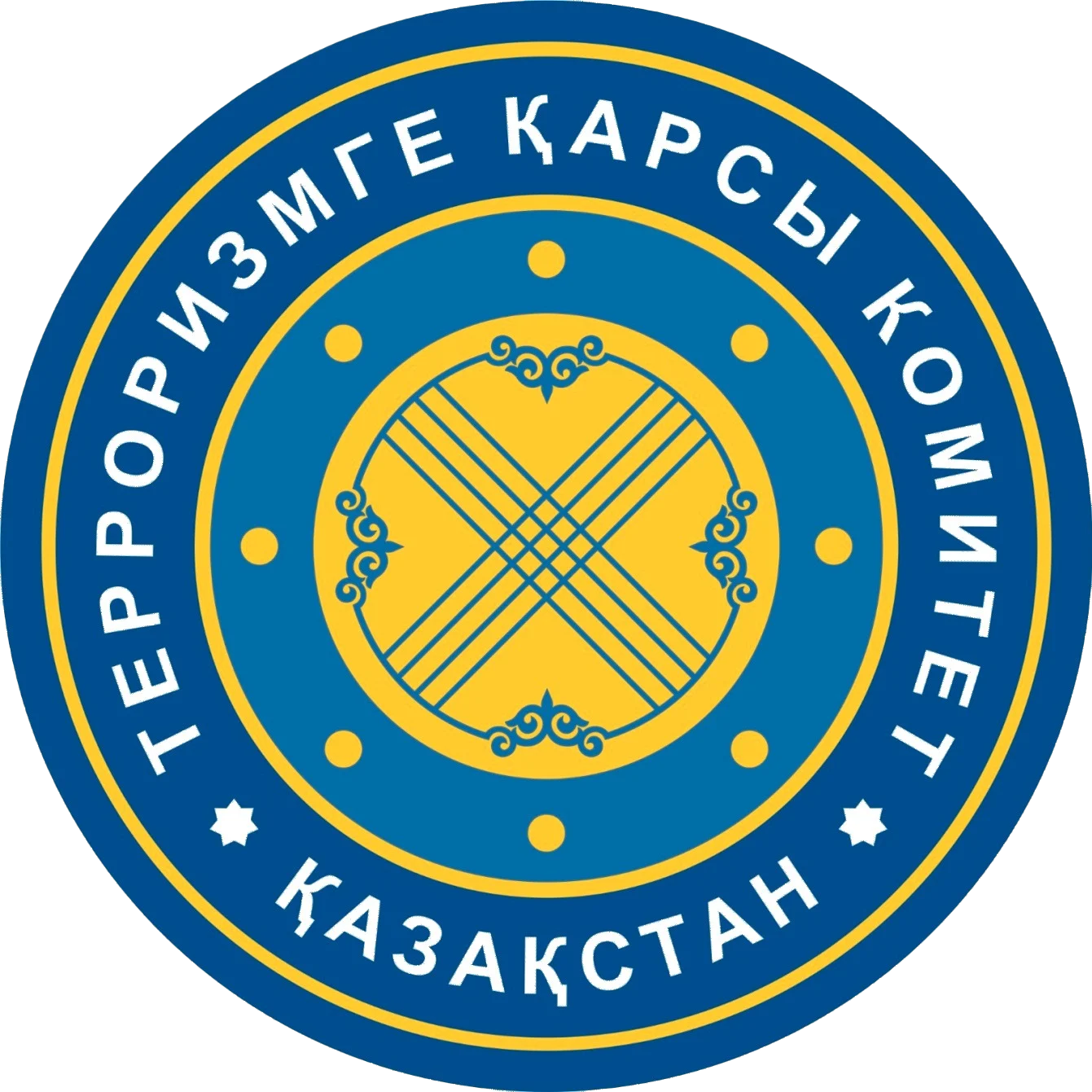In today’s world, the increasing frequency and severity of natural and man-made disasters necessitate a proactive approach to disaster preparedness and response. Countries are called upon to develop comprehensive programs and measures to educate and prepare their populations for emergencies. In Uzbekistan, significant strides have been made since 2017 in creating a robust system for civil protection and disaster response, integrating modern technologies and international best practices.
Uzbekistan’s reforms began with the integration of the Ministry of Emergency Situations and the Main Fire Safety Directorate, creating a cohesive system for emergency prevention and response. This reorganization aimed to streamline efforts in protecting the population and territories from emergencies, including fires. The legislative foundation for these efforts includes key documents such as the Presidential Decree of April 9, 2019, and the Constitutional laws of 2021, which established guidelines for seismic safety and state emergency protocols.
Expansion of emergency response capabilities
To enhance regional emergency response capabilities, the government has established specialized fire-rescue squads and emergency departments across the country. Notable developments include the creation of the “Bo’stanlik” and “Zomin” fire-rescue squads for wildfire management, and the establishment of a specialized multidisciplinary department in the Bostonlik district of Tashkent. These units, along with other regional emergency departments, have contributed to a reduction in the number of fires and casualties, despite a growing population and industrial base.
Aligned with the “Uzbekistan-2030” strategy, the Ministry of Emergency Situations focuses on three main areas: the implementation of a national early warning system for earthquakes, the monitoring and forecasting of emergencies at high-risk facilities, and strengthening international cooperation for unified global security. The strategy emphasizes the importance of timely and effective communication and disaster management systems, leveraging international best practices and technological advancements.
Monitoring and forecasting
A critical component of Uzbekistan’s disaster preparedness is the monitoring and forecasting of potential emergencies. This includes regular assessments of the seismic situation, particularly given Uzbekistan’s susceptibility to earthquakes. Data from over 3,000 significant earthquakes have been integrated into national and international monitoring systems, facilitating better preparedness and response strategies.
The use of technology in disaster management is a cornerstone of Uzbekistan’s approach. The introduction of an automated information system for disaster alerts and public warnings has significantly improved response times. This system, along with other digital tools like the “Rescuer of the Ministry of Emergency Situations” mobile application and geoinformation systems, ensures that the public receives timely and accurate information.
Public education and awareness are also vital. Training programs for government officials, emergency responders, and the public have been conducted to enhance readiness and response capabilities. The Ministry has organized thousands of training exercises and educational sessions, ensuring that all stakeholders are prepared for emergencies.
International cooperation and future goals
Uzbekistan’s approach to disaster management is bolstered by extensive international cooperation. The country has engaged with various nations and international organizations, sharing knowledge and resources to improve its disaster response systems. This cooperation includes training exercises, joint research projects, and the implementation of best practices from around the world.
Looking ahead, Uzbekistan plans to continue expanding its disaster management capabilities. This includes the construction of new fire-rescue stations, the acquisition of modern equipment, and the implementation of advanced monitoring technologies. The government also aims to strengthen its disaster response infrastructure, particularly in high-risk areas like the Aral Sea region.
Uzbekistan’s comprehensive approach to disaster management, encompassing legal, structural, technological, and educational elements, serves as a model for sustainable development. By prioritizing the protection of its population and territories, the country is building a resilient society capable of withstanding the challenges posed by natural and man-made disasters. As these efforts continue, Uzbekistan is poised to enhance its disaster management systems further, ensuring the safety and well-being of its people.


